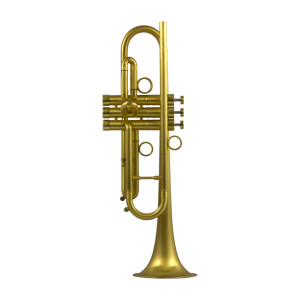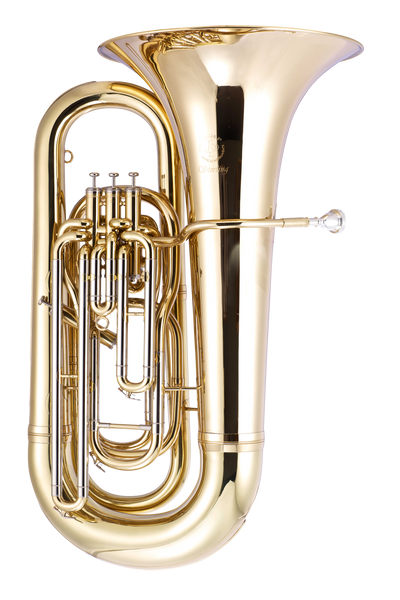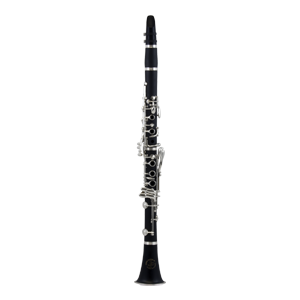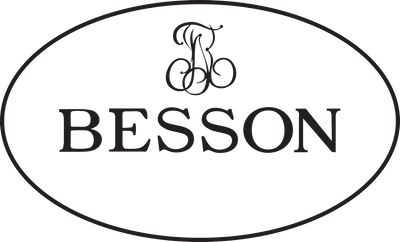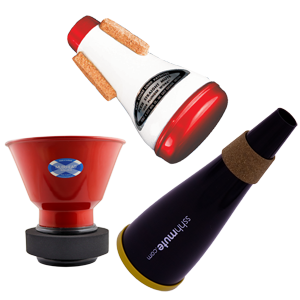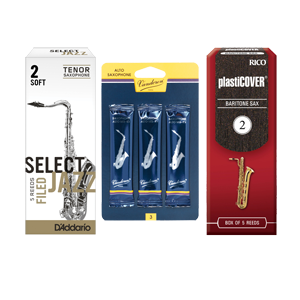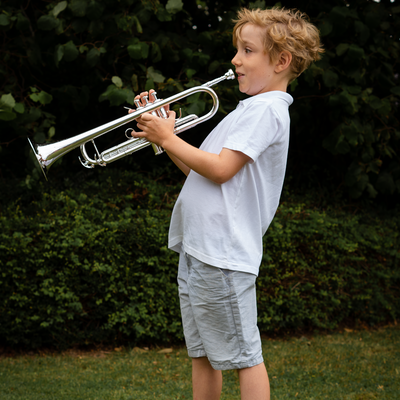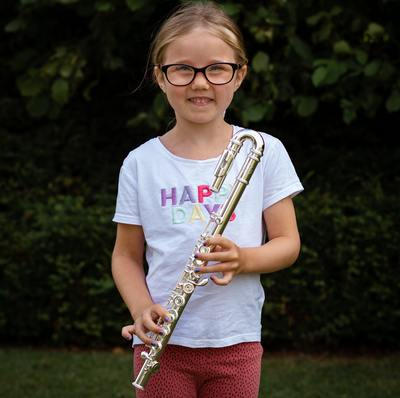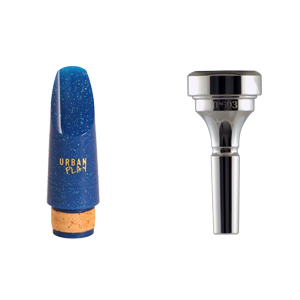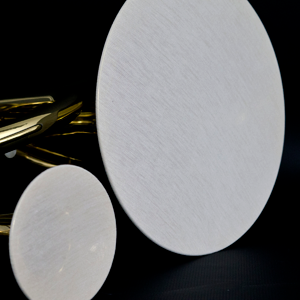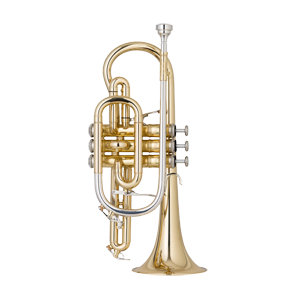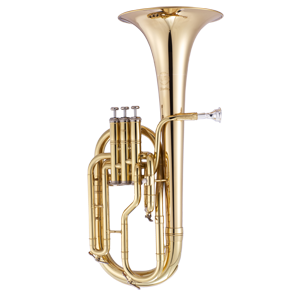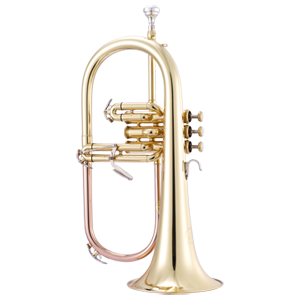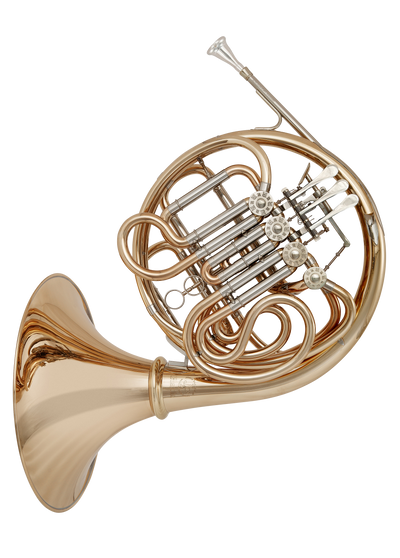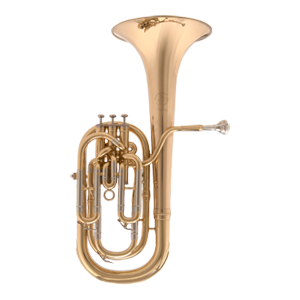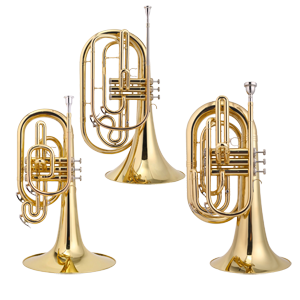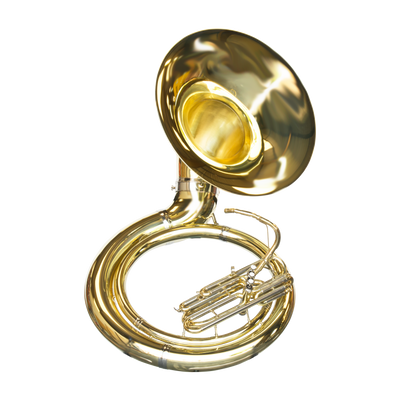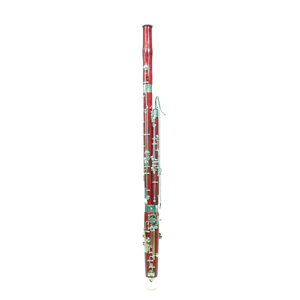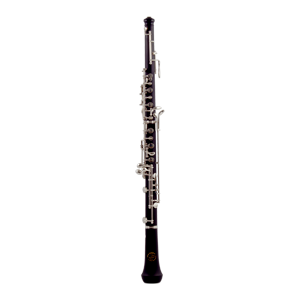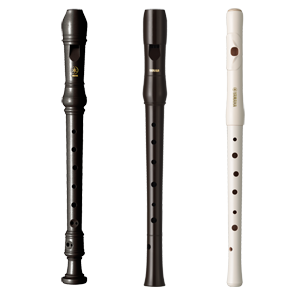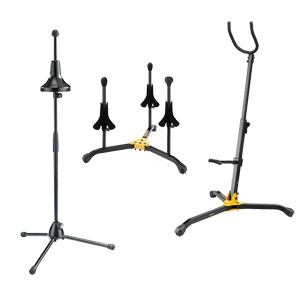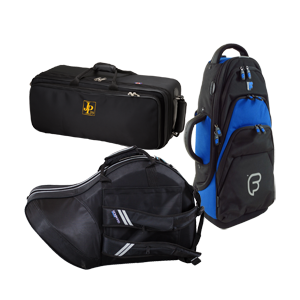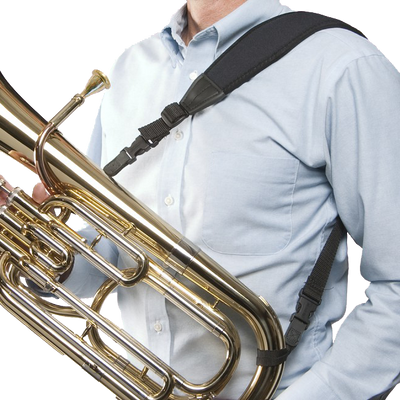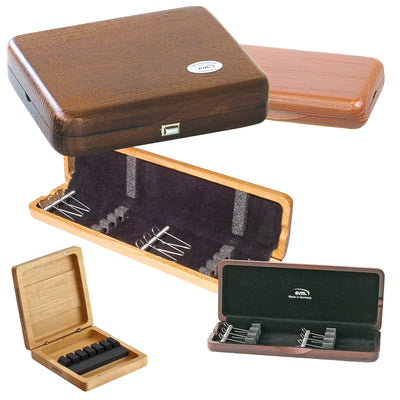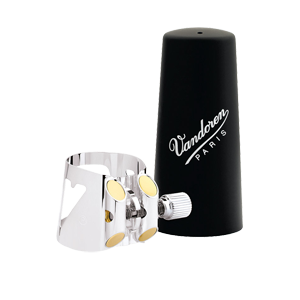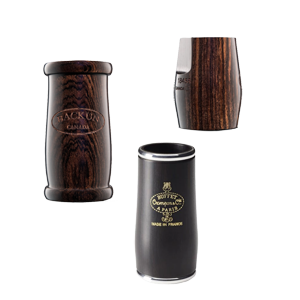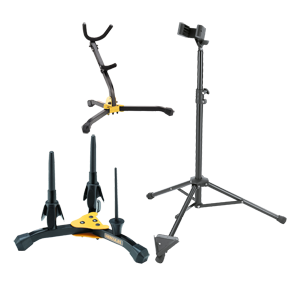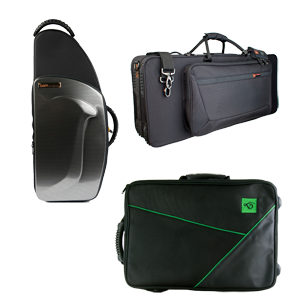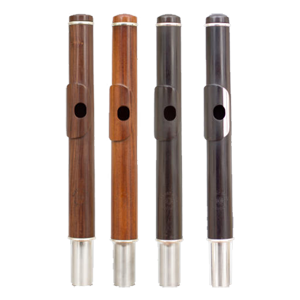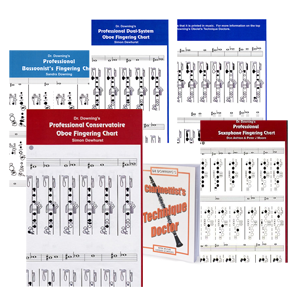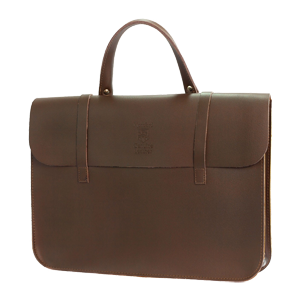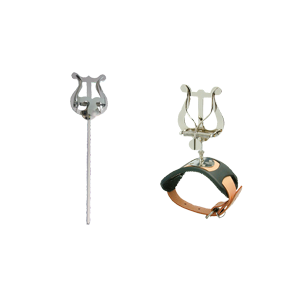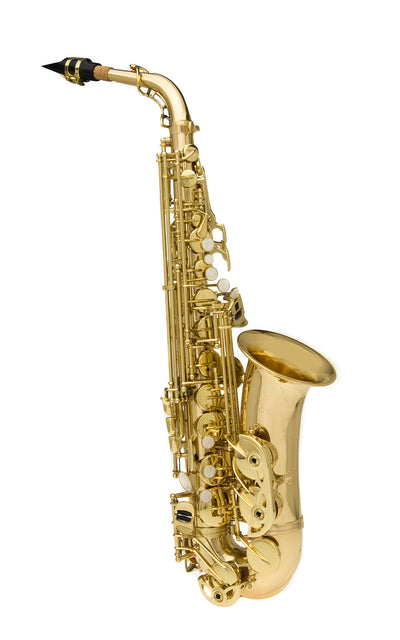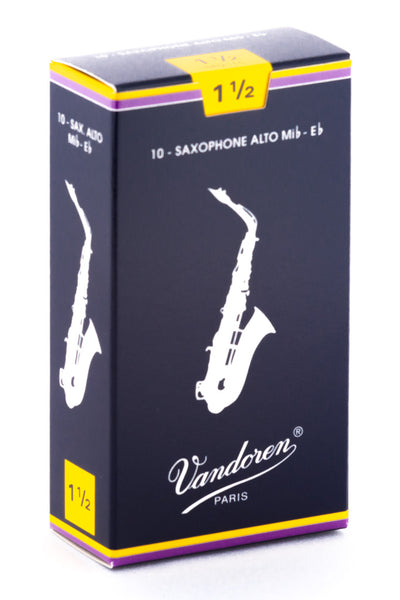What is a shortreach bassoon?
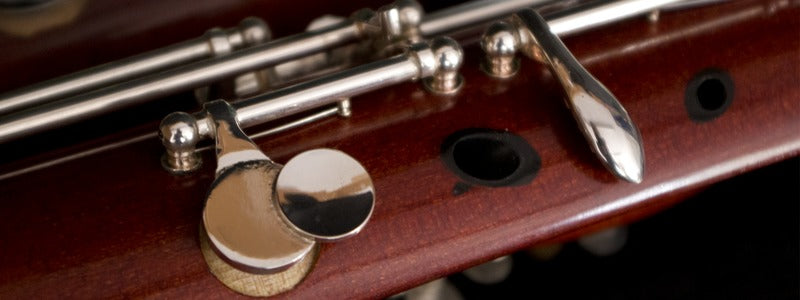
You're looking into bassoons and come across the word 'shortreach'. Is this a bassoon just for children? Not necessarily...
The bassoon requires relatively large hands and dexterous fingers to play. Most younger players will struggle to learn the bassoon due to having a small hand span and being unable to cover some of the open holes.
Adults even with a 'normal' hand span, can still have short fingers which can make covering the holes difficult. This means shortreach bassoons are perfect for younger players, or adults with shorter fingers.
Unlike teneroons, or mini bassoons (which are smaller and pitched in different keys), a shortreach bassoon is still a full size instrument but designed specifically for small hands.
So what is different about a shortreach model? Obviously different brands create their own solution to this problem; but here are some features you may find...
Extended Plateau Keys - By making the left-hand C hole an extended plateau key, the left-hand ring finger can cover this hole that would be otherwise unreachable. The low G on the butt joint is also extended giving easy reach for the right-hand ring finger.
Redesigned Bell - The increased length of the bell (and subsequent shortening of the wing joint) enhances the bassoon's sound projection and allows the instrument to be stored in a smaller case; easier for transporting.
Playing Spike - The spike means the bassoon's weight can be rested on the floor as opposed to being carried, which makes it much less a burden for smaller frames.
Balance Hanger - Being able to adjust where a sling is attached to the bassoon (via the sling ring) allows the budding musician to find their perfect balance point.
The Case - Many cases now come with backpack straps as well as carry handles and a large pocket for music so no need to carry unnecessary bags.




